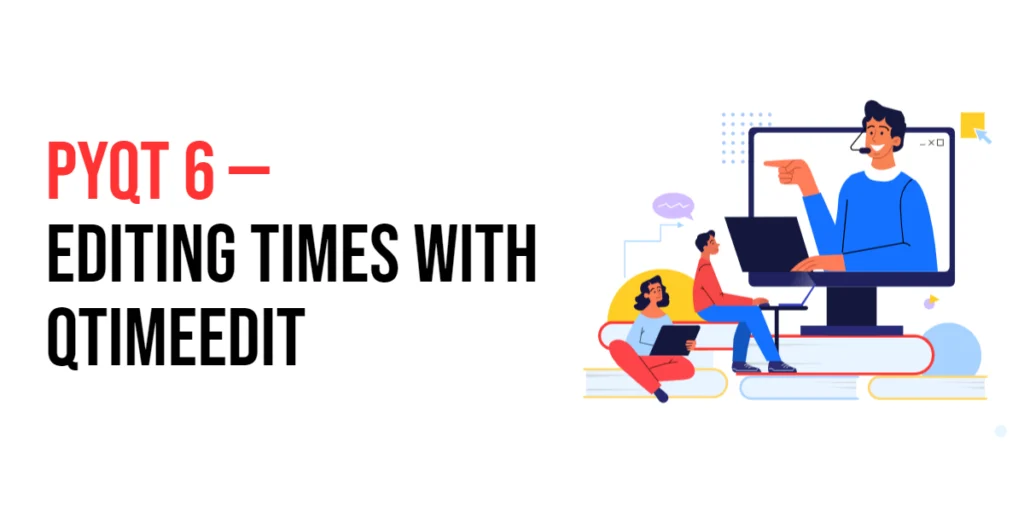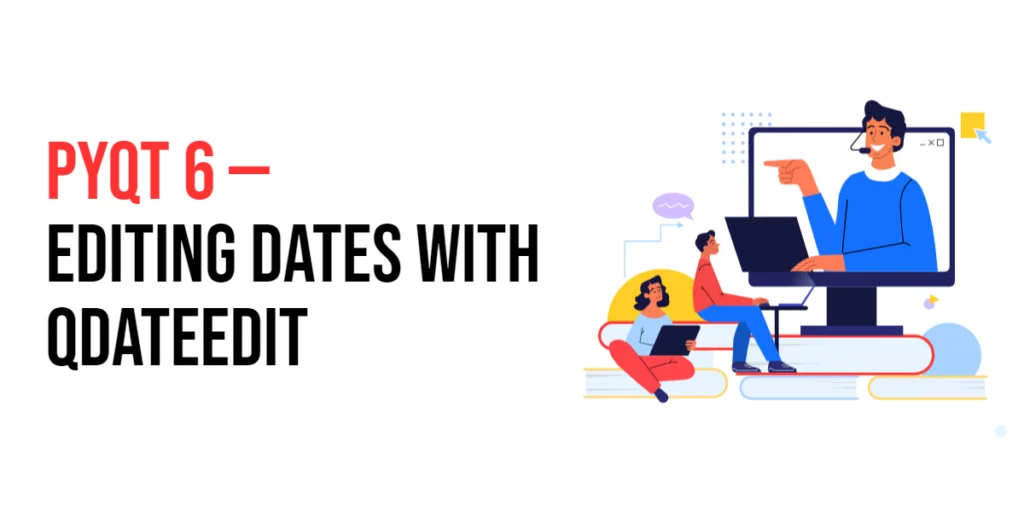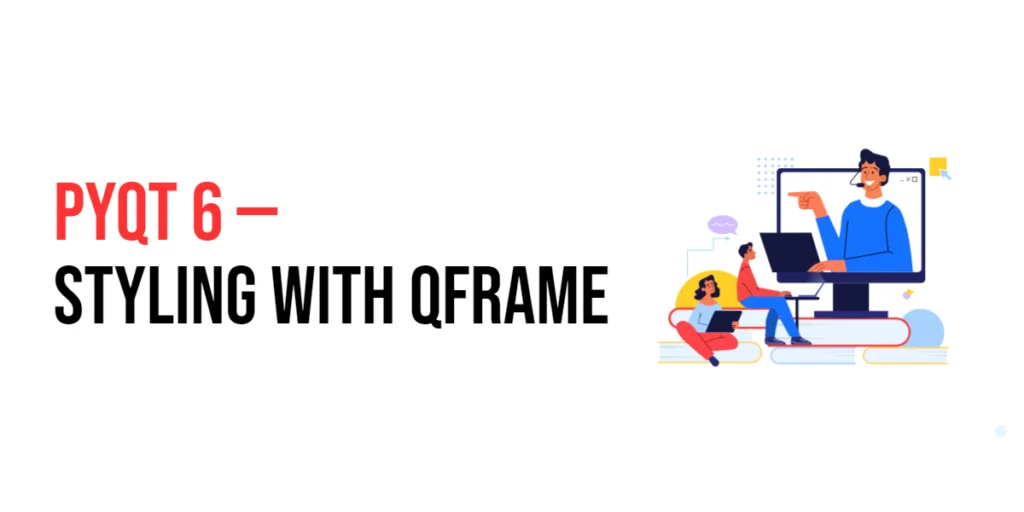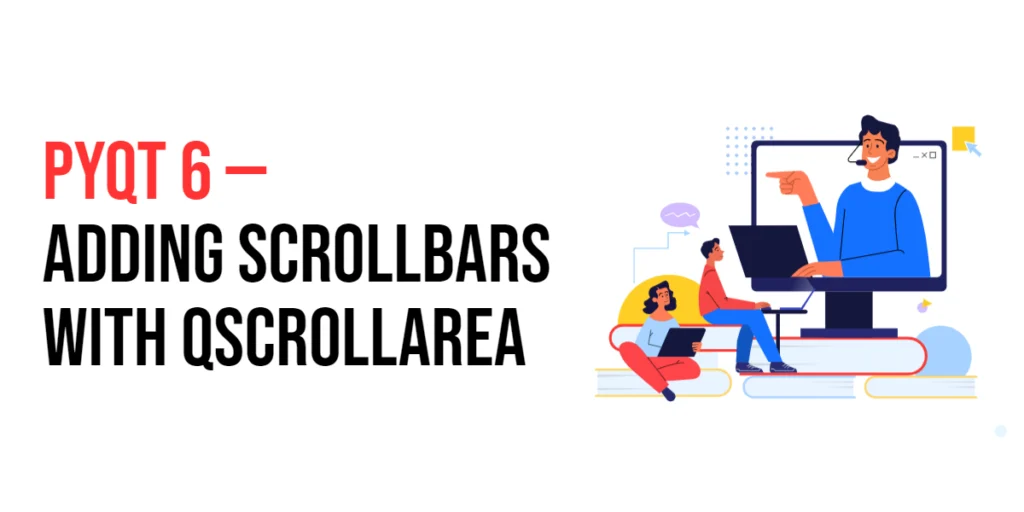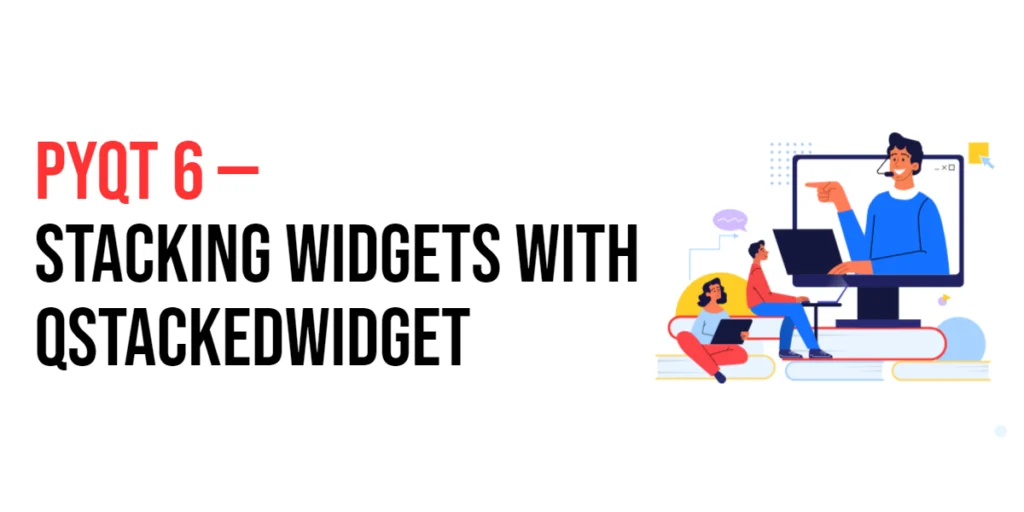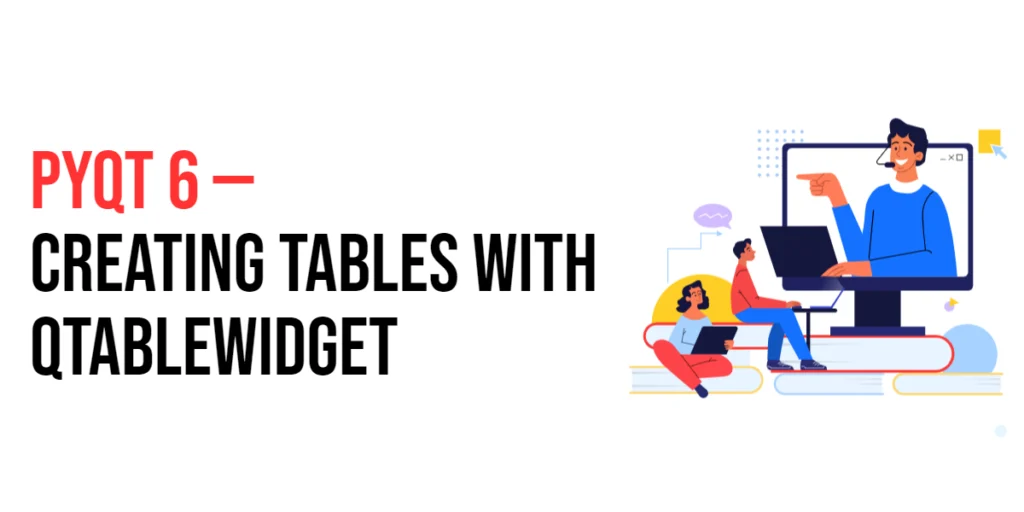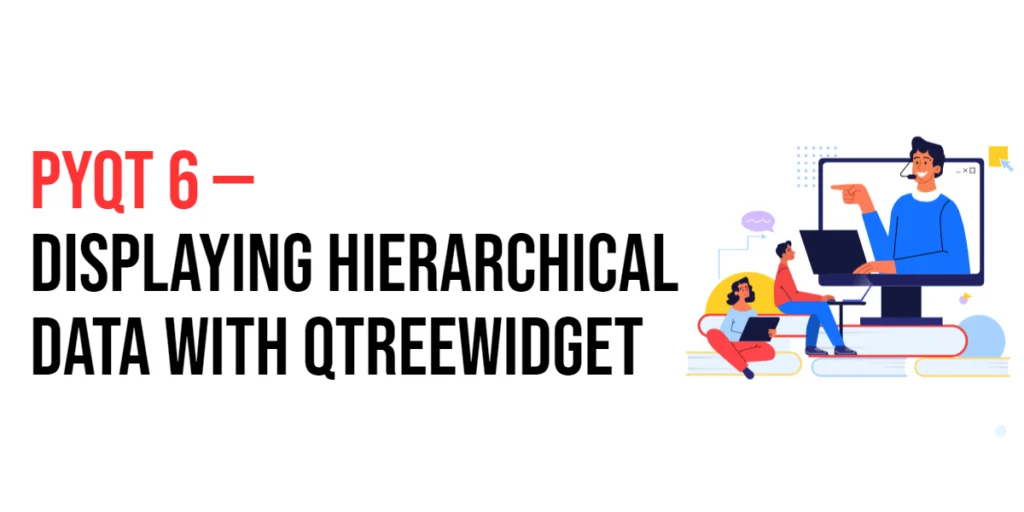PyQt6: Editing Times with QTimeEdit
Editing times is a common requirement for many applications, such as scheduling, booking, or any form of time management. PyQt6 offers a versatile widget called QTimeEdit that allows developers to easily integrate a time editing feature into their applications. With QTimeEdit, users can select and edit times in a user-friendly manner, ensuring accurate and consistent […]
PyQt6: Editing Times with QTimeEdit Read More »
